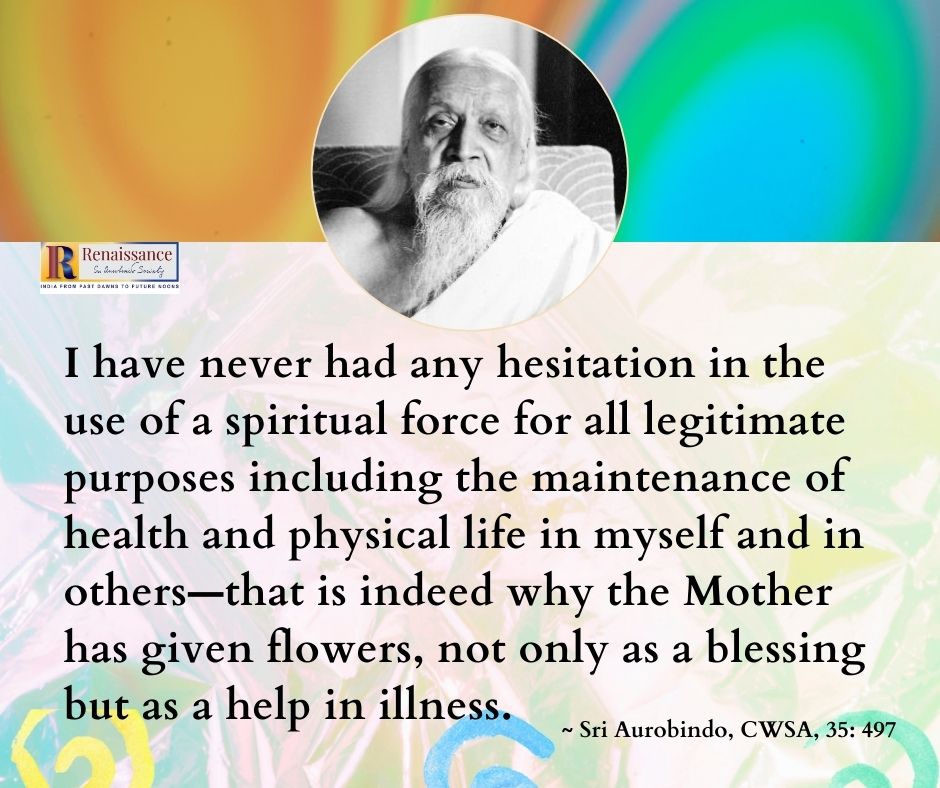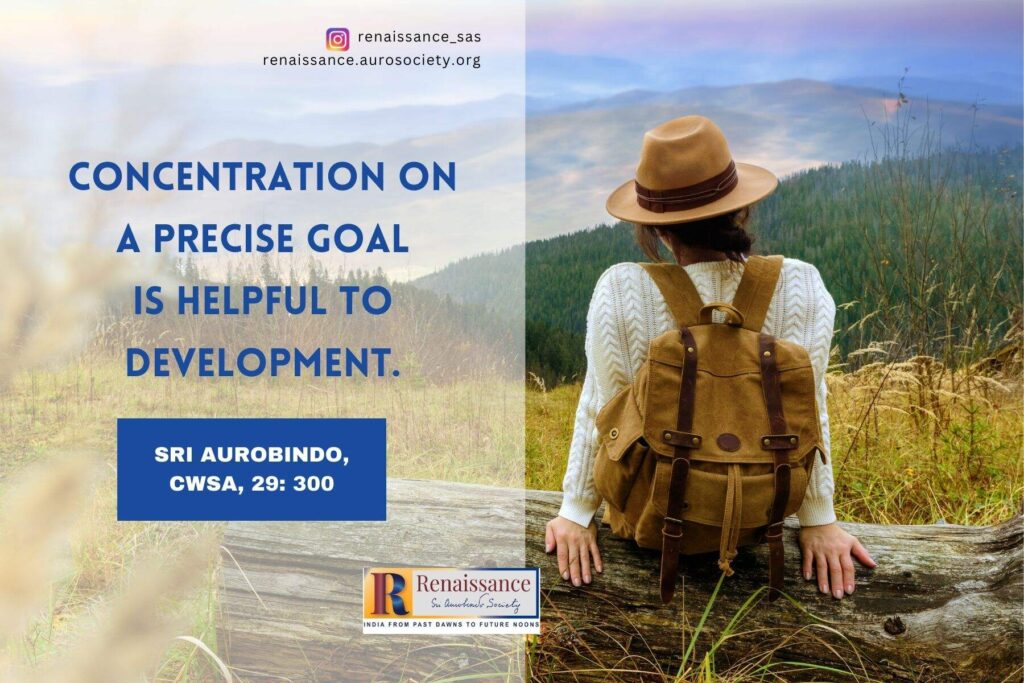Continued from PART 7
One of the first warnings in times of COVID-19, is to stay away from those who sneeze and cough. While sneezing does spread viruses, it is a blessing to the person sneezing.

Often when we are suffering from a congestion of the nose or head, a good sneeze brings instant relief and helps us to breathe easily. Sneezing helps to get rid of the accumulated toxins from the upper respiratory track (ear, nose, throat). It accomplishes this act with the help of the bhūta Āpah (water) and the indriya śabdam (sound).
Sneeze: The Cleanser of Respiratory Organs
Because it is a blessing, our elders called out ‘Shiva!’ or ‘Hari!’, when either they themselves or someone else sneezed. Even in the west, there is the custom of saying, ‘Bless you!’ when someone sneezes.
Knowing the dangers that sneezing posed, they ordered the person suffering from bouts of sneezing to go out and sneeze in a secluded place, away from others. So too, a sneezing child’s nose and mouth were covered with a towel to prevent droplets from the nose and mouth contaminating anyone. (Read more about it here.)
After Covid-19, the western world has started to reinvent what our ancestors did ages ago without much ado, as part of their daily lives. Social distancing, not touching any food without first washing the hands and so on. Funnily, all the rituals and customs that had been dismissed as being regressive and repressive, have now got the ‘scientific’ stamp!
Connecting Healthy Practices to Religious Rituals
Our ancestors wisely connected all such customs and traditions to the worship of the deities and the related rituals. That is why only the ritually pure were allowed to do the puja and arti. They maintained physical distance from everyone and some even observed silence before their puja routine.
In the south, no one is allowed inside the garbhagriha of the temple, except the pujāri who does the pujā and sevā to the presiding deity. The custom of covering the head and part of their face, is prevalent in many temples in the north even today, especially during pujā /ārti .
In big temples, the pujāris performing the ārti do not chant but maintain silence to prevent any droplets of saliva falling on the murti and contaminating both the deity and the sanctum sanctorum.
When Even Deities are Quarantined: Jagannath Temple, Puri
The Jagannath temple at Puri has a centuries-old annual ritual called Anasara.

A few weeks before the annual Rath Yātrā , the deities are bathed in 108 pots of cold water. They are believed to get fever after this ritual and are therefore quarantined for 14 days. The significant fact in this ritual is that the priests cover their mouths with a piece of cloth to avoid contaminating the sacred water, when they do the abhiśekam.
In many temples of south India, there is a special pond or well, whose water is used for the abhiśekam of the deities. The priests cover their mouths and sprinkle turmeric powder before drawing the water for the abhiśekam. The west is waking up only now to the bactericidal properties of turmeric, while our ancestors knew about it millennia ago!
Today, thanks to all the awareness material flooding social media, everyone knows that the droplets of saliva thrown out while speaking, sneezing and coughing can infect those in the vicinity. But isn’t it amazing that all these temple traditions were instituted millennia ago? What more proof do we need for the scientific temper of our ancestors?
Our Ancient Customs Prevailed in all Religious Communities.
The Jain sādhus and sādhvis are strict practitioners of अहिंसा (ahimsā ) towards the smallest of insects. Traditionally their attire included a small broom tied at their waist, which swept the path ahead of them and prevented insects coming under their feet as they walked. Most of them went barefoot for this reason too. They also tied a cloth on their face covering the nose and mouth, to prevent insects entering and perishing inside — much like the Covid-19 masks.

Their motive was to save lives, but in the process, they also safeguarded themselves from falling prey to any virus present in the air or from others they came in contact with. They never ate anything after sunset for the same reason. Their अहिंसा भाव towards all living beings protected them in turn from scores of physical ailments caused by eating late meals.
Sneezing, a Means to Disgorge Impurities and Viruses
Let us see how sneezing helps to disgorge impurities and viruses that have entered the body through unfiltered vāyu, with the help of different bhūtas in our body. As they do in the process of crying, āpah and śabdam come to the aid while one is sneezing.
Excess vāyu, dense with toxins, enters the body through the ears when they are not covered while going out in the rain, heavy fog or in windy conditions, finding its way into the lungs. This is how we catch a cold.
The phlegm present in the lungs becomes dense due to fire element agni. Vāyu also pushes the phlegm deeper into the lungs to occupy all the bronchioles in the lobes of the lungs. So dense is the water laden with agni that it cannot get out or push its way out with the help of vāyu alone and needs the combined efforts of other bhūtas, as well as the nose, mouth and eyes and indriya śabdam (sound) in the form of cough, to throw out the polluted fluid.
Of course, cough is also caused by indulging in very cold drinks and eatables or due to chain smoking or getting into the habit of smoking from the teens. But that is a topic left for some other time.
To relieve the pressure caused by this onslaught, the rattled lungs desperately try to push out the phlegm through bouts of coughs accompanied by śabdam. The sound produced by the vocal cords while coughing is different from music nor speech. It is both irritating and frightening. Often, even cough is unable to dislodge the dense phlegm, even when aided by śabdam.

When Cough Alone isn’t Enough
It is at such times that sneeze comes to its aid. When the coughing is severe and non-stop, a few microscopic drops of phlegm-laden water are thrown out by a good sneeze through the nose. This helps prevent the phlegm from entering the gullet (food pipe) and thus it protects the digestive track.
When the powerful bhūtas in the body (vāyu , āpah and agni) suffer, the indriya śabdam mercifully helps humans like a caring mother when her child is in trouble. After a bout of rattled coughing, the vocal cords push the fluid through the sneeze.
Thus śabdam comes to the aid of vāyu, āpah and agni. Since the sound has to be really loud to help dislodge the phlegm, śabdam needs another outlet besides the throat. So, the nose comes in to help through the sneeze.
Don’t miss:
Sri Aurobindo’s and the Mother’s Force for Healing

You might have noticed that when sneezing starts, coughing subsides.
It is a great relief to the sufferer because the sneeze is less traumatic than the cough. A single sneeze at the end of each bout of coughing releases the fluid bit by bit. But a chain sneeze can release more water, throwing the droplets with great force, through the nose to quite a distance. Successive sneezes are also capable of releasing thick sinus fluid, thus simultaneously easing the congestion in the head and chest.

To be continued. . .
Read previous parts?
Part 1, Part 2, Part 3, Part 4, Part 5, Part 6, Part 7
~ Cover image: Rishabh Sharma



